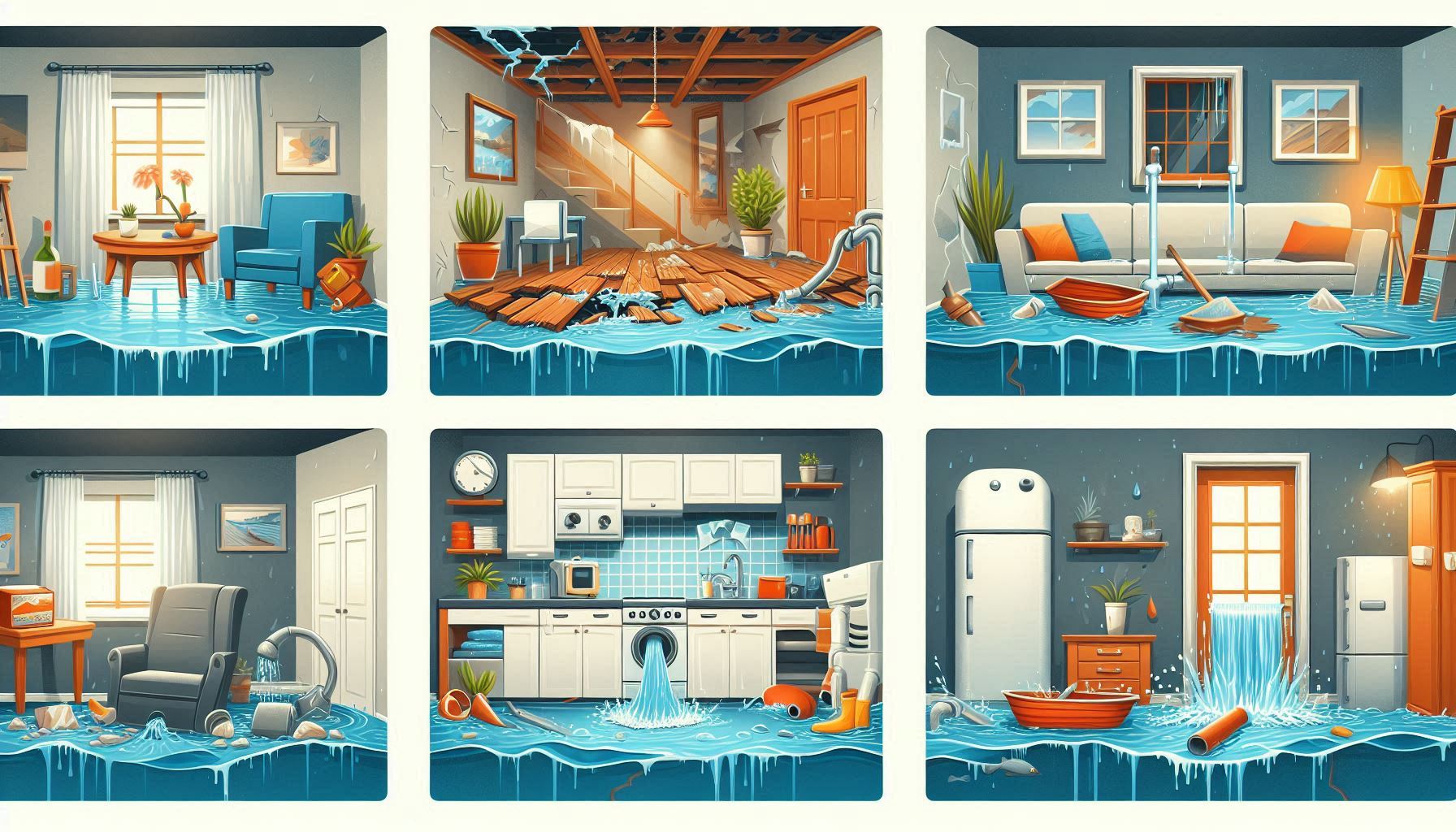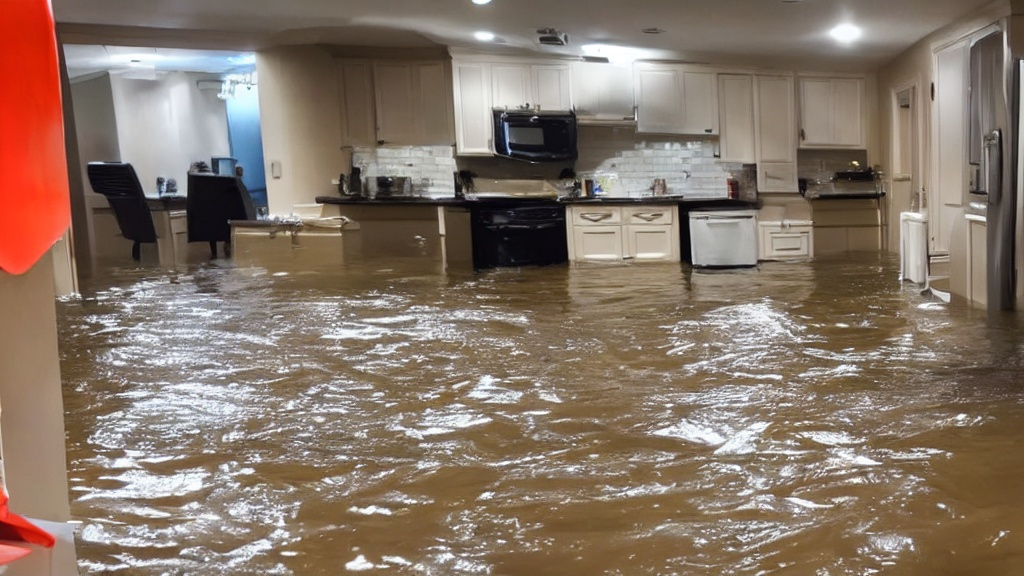Introduction
Water damage can wreak havoc on your property, causing structural issues, health hazards, and financial burdens. To effectively mitigate and restore water damage, a thorough assessment is crucial. In this guide, we’ll delve into the intricacies of water damage assessment, from initial inspection to comprehensive restoration.
Understanding Water Damage Assessment
The Importance of Inspection
The first step in water damage restoration is a meticulous inspection of the affected property. Trained professionals conduct a detailed assessment to ascertain the extent of the damage and develop a tailored restoration plan. During this phase, identifying the source of water infiltration is paramount. Whether it’s a burst pipe, roof leak, or natural disaster, halting the water source is essential to prevent further damage.
Categories and Classifications of Water Damage
Water damage is classified into different categories and classes based on its source and severity. Understanding these classifications aids in implementing appropriate restoration measures.
Also Read: Water Damage to Wood Floors: Understanding the Risks and Solutions
Categories of Water Damage
- Category 1 Water: Originating from clean water sources such as burst supply lines or sink overflows, Category 1 water poses minimal health risks.
- Category 2 Water: This category comprises water with significant contamination levels, such as dishwasher or washing machine overflow. It requires thorough cleaning and sanitization.
- Category 3 Water: Considered highly contaminated, Category 3 water includes sewage backups, floodwaters, or stagnant water. Restoration efforts for this category necessitate extensive safety measures and specialized techniques.
Classes of Water Damage
- Class One: Involving minimal water intrusion, Class One damage affects less than 5% of the surface area. It typically requires swift extraction and drying procedures.
- Class Two: With moderate water damage covering 5% to 40% of the surface area, Class Two damage demands more extensive restoration efforts, including structural drying and dehumidification.
- Class Three: Extensive water damage impacting over 40% of the surface area falls under Class Three. This level of damage requires intensive restoration procedures to mitigate structural issues and prevent mold growth.
- Class Four: Characterized by severe water damage penetrating deeply into materials like hardwood or concrete, Class Four damage necessitates specialized drying techniques to address moisture retention effectively.

The Water Damage Assessment Process
Inspection Protocol
Upon detecting water damage, scheduling a prompt inspection with certified professionals is imperative. During the inspection, technicians utilize advanced moisture detection tools to assess the extent of damage accurately. From wet ceilings to water-soaked insulation, every affected area is meticulously examined to formulate an effective restoration strategy.
Determining Damage Severity
Assessing the severity of water damage involves evaluating both its extent and contamination level. This step guides the selection of appropriate restoration techniques and ensures comprehensive remediation. Documenting the damage through photographs and videos facilitates the insurance claims process and provides a clear record of the restoration efforts undertaken.
Execution of Restoration Measures
Following the assessment, certified technicians initiate the restoration process, encompassing water removal, material removal, cleaning, drying, and structural repairs.

Water Removal
The first task in restoration is eliminating standing water using specialized equipment such as submersible pumps and industrial vacuums. Thorough water extraction prevents further structural deterioration and mitigates mold growth.
Material Removal
In cases of irreparable damage, technicians remove compromised materials to facilitate drying and prevent microbial proliferation. This may involve extracting waterlogged drywall, insulation, or flooring to expose underlying structures for effective drying.
Cleaning and Sanitization
Once standing water and damaged materials are removed, thorough cleaning and sanitization are essential to eliminate harmful contaminants and restore indoor air quality. Technicians utilize industry-approved disinfectants and equipment to sanitize affected surfaces and belongings.
Drying and Dehumidification
Effective drying and dehumidification are critical to prevent residual moisture from fostering mold growth and structural decay. Utilizing air movers and dehumidifiers, technicians expedite the drying process, ensuring thorough moisture removal from affected materials and structural components.
Structural Repairs
Upon completion of drying and cleaning procedures, structural repairs are undertaken to restore the property to its pre-damage condition. From repairing damaged drywall to replacing flooring, licensed professionals execute necessary repairs with precision and expertise.
Also Read: Restoring Your Hardwood Floors: A Guide to Repairing Water Damage
Conclusion
Water damage assessment is a multifaceted process encompassing thorough inspection, accurate classification, and strategic restoration measures. By understanding the categories and classes of water damage and adhering to meticulous assessment protocols, property owners can mitigate damage effectively and restore their homes or businesses to optimal condition. In times of water-related emergencies, entrusting the restoration process to certified professionals ensures comprehensive remediation and peace of mind.










